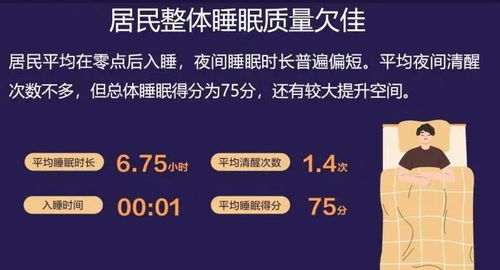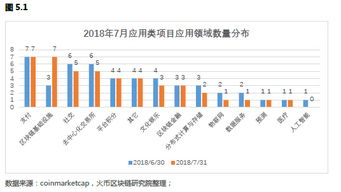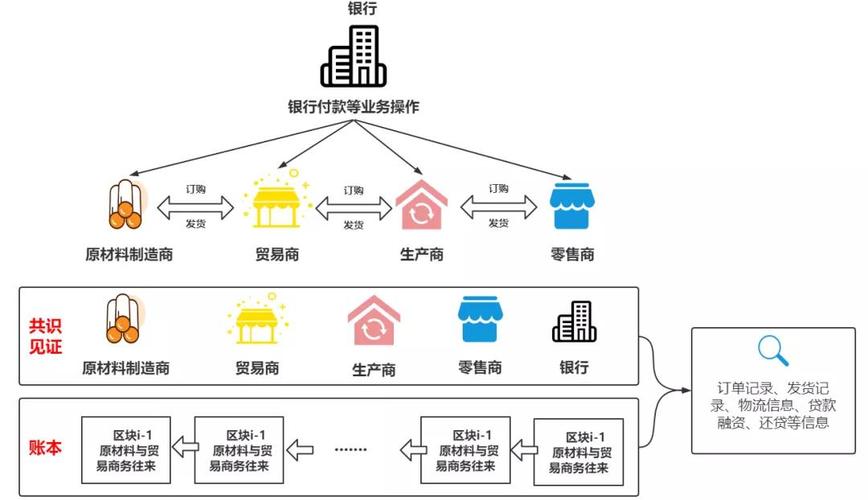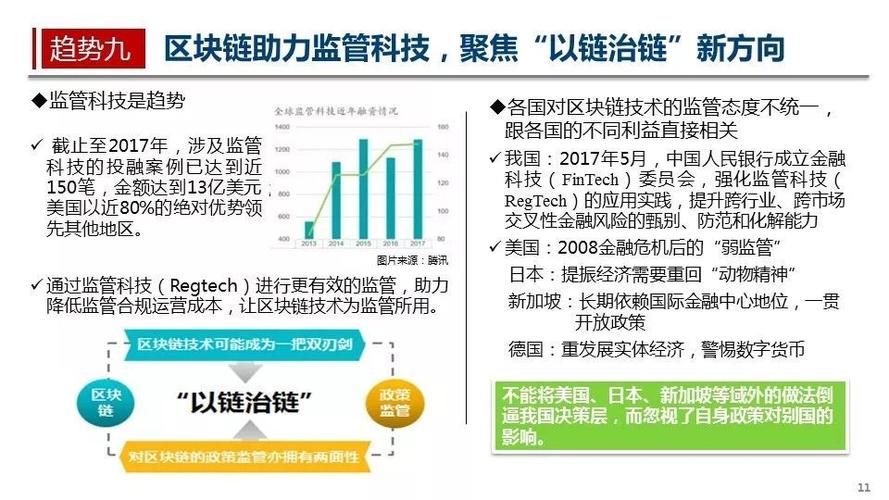关于区块链的外文文献
Title: Exploring the Evolution of Blockchain in the United States: A Review of Academic Research
Introduction:
Over the past decade, blockchain technology has garnered significant attention across various industries in the United States. This article aims to provide an overview of academic literature on blockchain technology, its applications, and its impact on different sectors in the United States. By examining key research papers and discussions, we can gain insights into the evolution of blockchain and its potential for shaping the future in diverse domains.
1. Blockchain Technology and its Fundamentals:
This section provides a comprehensive understanding of blockchain technology, its underlying principles, and its role in ensuring secure and decentralized transactions. It discusses the concept of a distributed ledger, cryptographic techniques, consensus mechanisms like proof of work and proof of stake, and smart contracts. Relevant academic papers will be referenced to illustrate the development of blockchain technology.

2. Applications of Blockchain in the United States:
This section explores the diverse applications of blockchain technology within the United States. It highlights research papers that discuss blockchain's potential in finance, supply chain management, healthcare, voting systems, intellectual property, and more. The focus is on understanding the specific use cases, advantages, and challenges associated with implementing blockchain in each industry.
3. Regulatory and Legal Considerations:
Blockchain technology presents regulatory and legal challenges, including data privacy, cybersecurity, and compliance. This section delves into research papers that examine the evolving legal frameworks and regulatory considerations in the United States. It discusses how academics propose to address these challenges, providing recommendations for policymakers and stakeholders.
4. Blockchain Adoption Strategies:
To promote the widespread adoption of blockchain technology, this section analyzes various adoption strategies outlined in academic literature. It explores the importance of education and training, collaborations between academia and industry, government support, and fostering an innovationfriendly ecosystem. Research papers will be referred to in order to provide guidance on promoting blockchain adoption in the United States.
5. Future Perspectives and Challenges:
The final section discusses the future prospects of blockchain technology in the United States. It reviews research papers that outline potential challenges such as scalability, interoperability, energy consumption, and governance. Additionally, it examines the emerging trends and developments in blockchain technology, including the integration of artificial intelligence, Internet of Things (IoT), and decentralized finance (DeFi), paving the way for a more comprehensive understanding of blockchain's future.
Conclusion:
By reviewing academic research on blockchain technology, its applications, and associated challenges, this article provides a comprehensive overview of the evolution of blockchain in the United States. It highlights the potential implications of blockchain technology in various industries, identifies regulatory considerations, proposes adoption strategies, and discusses future perspectives. This knowledge can guide policymakers, businesses, and researchers in harnessing the full potential of blockchain technology to drive innovation and transform industries in the United States.











